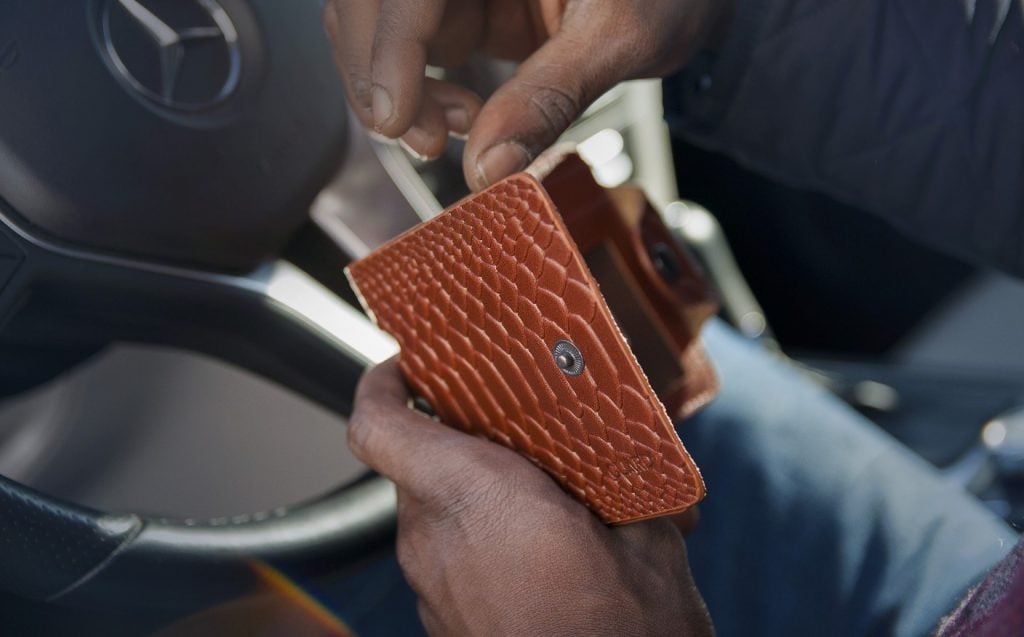
Over the past decade or two, my wallet, like many wallets worldwide, has slowly ballooned. Whereas in the nineties, I might have had a few payment and ID cards and perhaps one or two loyalty punch cards (remember those?), nowadays, I have so many loyalty cards that I recently removed most of them from my gaping wallet and uploaded them to an app on my phone.
As loyalty programs gained in popularity in the retail sector over the last twenty years, many smart retailers took notice and implemented programs for their brands. Like anything in retail, though, those programs need to be continually revised and improved as new trends and technologies shape customer expectations. Here are a few things retailers should consider when auditing their loyalty program to see if it truly meets the needs of modern shoppers.
Offer an Experience
Experiential rewards have been common in the hospitality industry for a while now, but are only recently gaining ground in retail and other markets. Airline travelers enjoy the benefits of VIP lounges, at hotels or car rental counters, program perks may include a rapid check-in lane. Why, then, are retail loyalty programs often so narrowly focused on discounts? Experiential rewards in retail may include special shopping events, concierge or personal stylist services, trunk shows and more. Not only can these types of experiential rewards make the customer feel special, appreciated and closer to the brand, but they’re also a good reason for customers to share stories about your brand on social media, extending the influence of the reward.
Deliver Platinum Perks
Why treat your very best customers the same as someone who is just signing up for the first time? Let your most loyal, top customers know that you appreciate their business by setting them apart in your loyalty program. This is another lesson that retailers can learn from the hospitality industry, where many programs have “Platinum Perks” or a “President’s Club.” Consider whether a tiers-based program would be right for your business. Top-level customers might benefit from earning rewards at a faster rate, or from added benefits like free alterations, extended return policies, etc…
Reward More than Purchases
Think outside the box by considering what you really want to reward. Many rewards programs are simply based on dollars spent, but you may want to offer promotions on particular items (this practice is common in the grocery vertical), or on certain behaviors. In the age of social media, rewarding customers for sharing the brand’s products and content can be a great way of encouraging them to talk about you often. Rewarding check-ins is another possibility that was recently tested by rewards giant Air Miles. Ratings and reviews are now important factors shoppers consider when making purchases. Why not consider rewarding people for contributing product ratings and reviews? Of course, it’s important to offer the reward whether or not the review is positive to keep opinions as unbiased as possible.
Simplify
As I mentioned earlier, I have signed up to a ton of loyalty programs. However, I would be hard pressed to explain how any one of my loyalty programs works. Although I’m suggesting a few ideas that might add complexity to an otherwise basic program, overall, it’s important that the program is simple, understandable and memorable. Most US shoppers are now members of over 14 loyalty programs, however, they only actively participate in fewer than seven. (eMarketer) The reason for this discrepancy may be related to the fact that many programs are missing the mark in terms of offering the rewards customers want or may just be too complex for shoppers to understand what it takes to earn a reward.
Make it Omni-Channel
You’re setting up the rest of your business for unified commerce… don’t forget your loyalty program! Can customers earn and redeem points from any channel? Is your e-commerce solution connected with your physical channel so that shoppers have the same loyalty experience regardless of where they shop? 53% of shoppers expect to be recognized as the same person across all channels, and they are willing to allow retailers to use their information to make it happen. (DMNews) Consumers also want self-service experiences: they want to be able to manage their affairs themselves, and this concept extends itself to loyalty programs. Offer the ability to check points balances, request adjustments, and update customers’ profile online. All of these options should also be available on mobile sites or apps since that’s so often the preferred device for interacting with brands. It’s also important to ensure that in-store hardware can scan loyalty cards from a glossy mobile phone screen since many consumers are opting to load their cards only mobile wallets instead of lugging around a bloated wallet.
As we look to the future, artificial intelligence and the Internet of Things (IoT) are expected to influence loyalty programs as well. Cutting-edge retailers are beginning to test innovative strategies to use these new technologies to further grow and enhance their loyalty programs.



